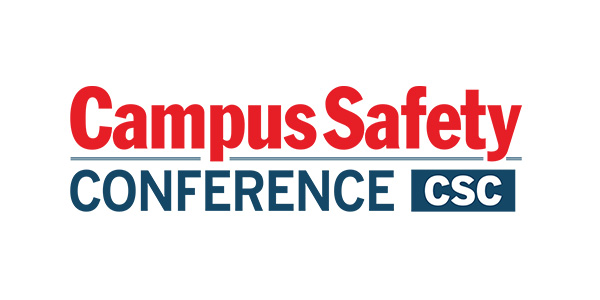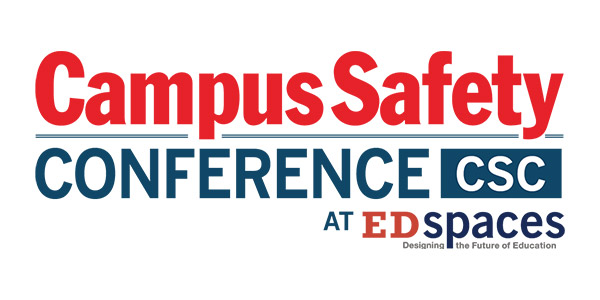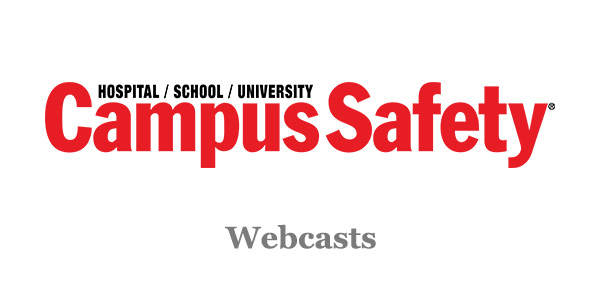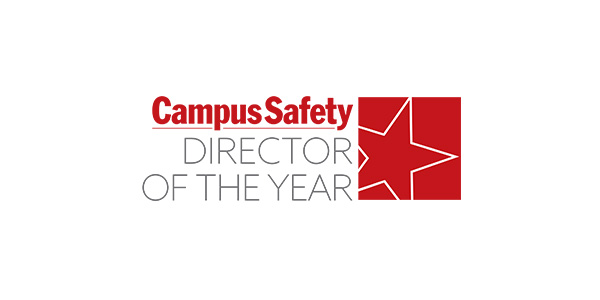This is important in light of the results from a 2008 survey conducted by the American Association of School Administrators, Ingersoll Rand Security Technologies and RETA Security.
Fifty-eight percent of K-12 respondents reported that all interior and exterior doors could be locked manually from the inside, yet no respondents reported the ability to quickly lock down all classroom, office and gathering-room doors electronically. During emergencies, schools need their doors to be locked down in a few crucial seconds.
Thus, offline locks need the ability to be seamlessly upgraded to a fully networked hardwired/wireless solution so that administrators can lockdown the entire facility instantly, manage access rights quickly and decrease the security threats of unauthorized people. Audit trails should be able to document who has gone where and when. A mortise deadbolt yields higher levels of security for high-value locations, such as computer rooms and music rooms.
Construction Poses Challenges for Healthcare Facilities
At hospitals, regulations change, requiring revisions to security and emergency management plans. New technologies will also change, providing greater efficiencies and reductions in risk liability. There will continue to be a greater convergence between logical and physical security. Industry growth will continue, creating additional wings and renovations.
As a result, today’s healthcare security professionals need to be able choose the specific lock they need today with full confidence that it can be upgraded later without ever taking it off the door. Hospitals must be able to quickly migrate to future technology, provide seamless integration with present software and render better security all at a lower cost of ownership.
Additionally, they must be able to customize the level of security needed at each door, from the pharmacy to front lobby, with a large selection of credentials and networking options. While protecting people in their facilities is today’s most important security priority, hospitals must also protect their investments by making it easy to add more locks or change credentials, networking options or software without replacing the locks. Upgrades must be as simple as switching one module for another.
Interchangeability Helps Overcome Obsolescence Risk
Many users have held off implementing a new security platform because they are worried that it could be obsolete in a few years. The features that make an access control system flexible and adaptable should also make it scalable, protecting a user’s investment for years to come.
When components that have been traditionally located around the door are integrated into the lock itself, they yield a smarter solution and more value for the investment. Without replacing the lock, or even taking it off the door, campuses of all kinds can interchange readers and network modules, integrate with existing one-card providers, as well as third party
software via the open architecture platform.
They can also leverage existing network infrastructure, easily upgrade from an offline to networked solution, change the credentials being used at any time and use future innovative technologies as they emerge.
Rick White is Ingersoll Rand Security Technologies General Manager, Schlage Electronics. His E-mail is [email protected].
Photo courtesy IR







